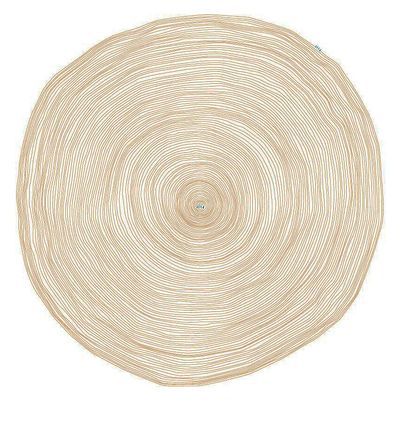What is a book?

Margaret Atwood �� Graham Jepson/Writer Pictures
By CATHARINE MORRIS
What is a book? Margaret Atwood was in characteristically deadpan form as she set about answering that question at Lillehammer University College; as I have already mentioned, she was speaking in honour of the Nobel Prize-winning writer Bj��rnstjerne Bj��rnson, and her twinklingly helpless pronunciation of his name raised not just a laugh but a round of applause.
Her lecture was in part a tour of the writing and publishing technologies she has used in her time. She was an early adopter of the personal computer (���I had to store the text of my novel on floppy disks ��� remember those? They weren���t floppy. They were square. [You could store] only a couple of chapters per disk, and the disks . . . got stuck inside the computer and had to be prised loose with hair pins and paper clips���). In recent years she has experimented with online publishing platforms such as Byliner, on which writers can publish their works a chapter at a time. In the case of the novel saved on disks, was the book, she asked, the stack of disks? Or was it the text that was stored on them? Or was it the codex book that appeared later with the type set for it? And in the case of the novel she started on Byliner (she was asked why she wasn���t writing a ���real book���, so she took her four Byliner posts and went back to more traditional methods), was the book the first four episodes? Or was it the longer book? Or were they two different books?
Atwood asked other, related, questions (is an audiobook a book?), as well as going into enjoyable detail about the pros and cons of such things as typesetting softwares old and new (���Even today, words can float around and pop up like drowned corpses in the most unexpected places. I have just been correcting galleys for my forthcoming novel. Why did the word ���shoe��� suddenly appear in the middle of an otherwise footless sentence?���). She also reflected on the origins and function of storytelling (if you are told the story of how gazelle were successfully hunted last year, you'll have the edge when it comes to hunting them this year, and so on). ���Inside every one of us there���s an artist of some sort", she said. "Maybe not a very good artist ��� I as a painter am to Rembrandt as brushing your teeth is to dentistry ��� but an artist nonetheless."
Atwood recently became the first person to take part in Katie Paterson���s Future Library project based in Oslo; every year for a hundred years a well-known writer will submit the manuscript for a book that will be withheld from publication until 2114. (A forest has been planted that will supply the paper on which all the books will be printed.) ���How should I address these unknown readers?���, she asked. ���How will I explain to them about such things as floppy disks . . . . How old-fashioned will they think me? . . . . What will they be able to understand of my world, and how will the meanings of words have changed?���
By the time she returned to her central question, her focus had shifted. When you read, ���the brain works hard���, she said. ���Your Mr Darcy is different from my Mr Darcy. Mine does not have a wet shirt. Your Don Quixote is not the same as mine, though they may share some features. Each reading of a book . . . is unique���. So the meeting of reader and writer ��� the mingling of voices and imaginations that can take place across cultures and even across centuries ��� ���that is a book���.
Peter Stothard's Blog
- Peter Stothard's profile
- 30 followers




